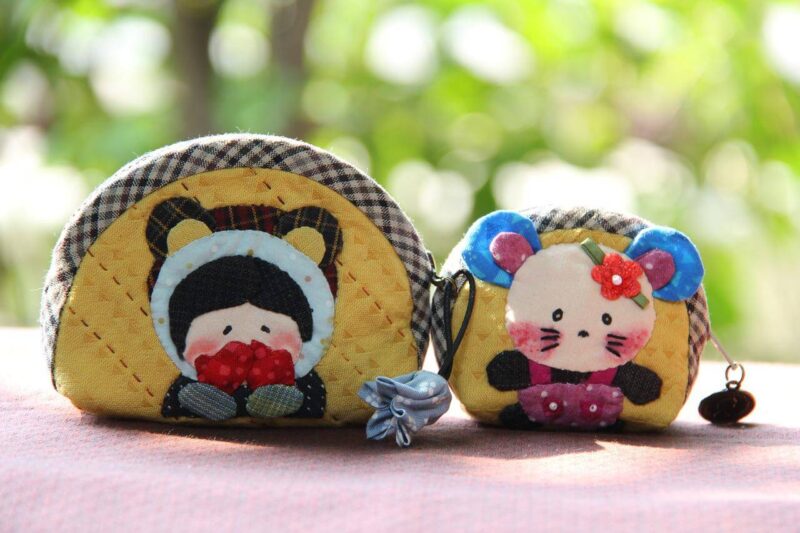Are you just starting out on your quilting adventure?
There’s no need to be intimidated—everyone has to start somewhere, and quilting is a very rewarding hobby. Here are 15 Quilting Tools Every Beginner Needs
1. Choose a simple pattern. You can always add complexity later on, but it’s best to start with something straightforward.
2. Gather all the supplies you need before getting started. This includes fabric, thread, batting, and a rotary cutter (among other things).
3. Take your time and don’t rush. Quilting is a relaxing activity, so there’s no need to hurry.
4. Ask for help if you need it. There are plenty of resources available (including books, websites, and classes) if you get stuck.
With a little patience and practice, you’ll be an expert quilter in no time!
Are you a beginning quilter? If so, you probably have a lot of questions about which quilting tools you need to get started.
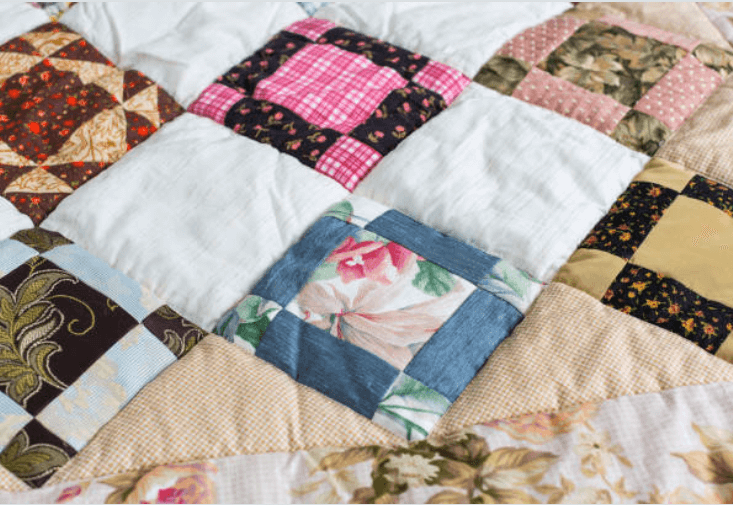
Here is a list of 15 quilting tools that every beginner needs:
1. A Rotary Cutting Mat And Rotary Rulers come in handy.
2. Cutting Mat – You will need a cutting mat to protect your surfaces from the rotary cutter.
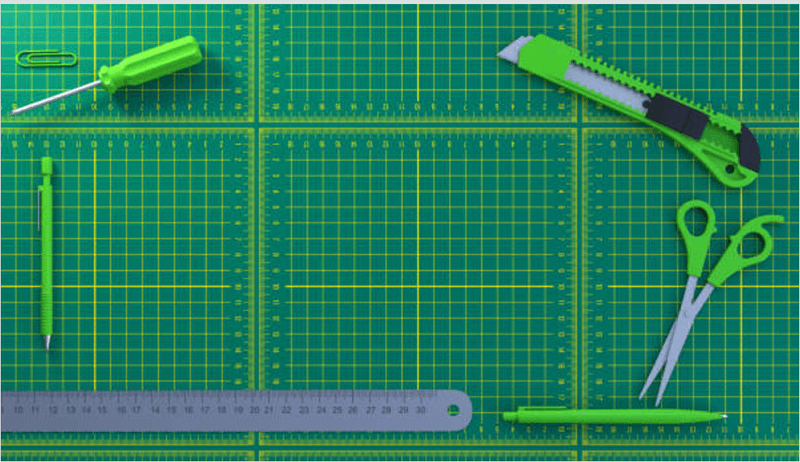
A cutting mat is a flat surface used to protect your work area from the rotary cutter. It is typically made of a durable material such as plastic or vinyl and has a grid pattern printed on it to help you keep your cuts straight. A cutting mat is an essential tool for any quilter or sewer.
3. Ruler – A ruler will help you make straight cuts with a help of a pair of scissors.
A tool that will help you make straight cuts. It is a straight edge with markings that indicate measurements. A ruler is used to measure the length of cotton thread, width, and height. It can also be used to draw lines.
4. Sewing Machine – A sewing machine is a must-have for piecing together your quilting fabric.

It allows you to sew accurately and quickly, and can make the process of assembling quilt blocks much easier. There are many different types and brands of sewing machines available, so it is important to do some research to find the one that best suits your needs.
5. Iron and Ironing Board – You will need to press your fabric before you cut it and also after you sew it.
6. Thread – You will find a thread in a quilt shop to sew your quilt top together.
7. Scissors – Quilters use them for cutting thread and trimming seam allowances, fat quarters quickly and accurately.
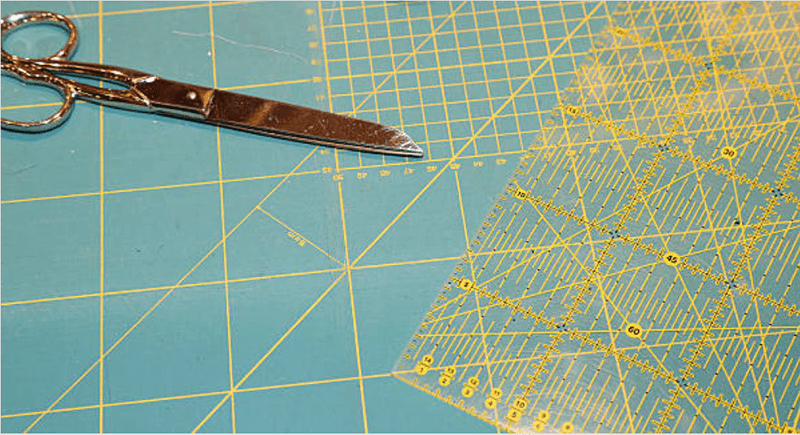
8. Pins – Pins are used to hold pieces of fabric in place while you are sewing it together.
This helps to ensure that the fabric stays in the correct position and doesn’t move around while you are working on it. Pins can be placed in a variety of positions, depending on where they are needed most.
9. Quilt Batting – Quilt batting goes between the quilt top and the backing fabric to add warmth and thickness to the quilt.
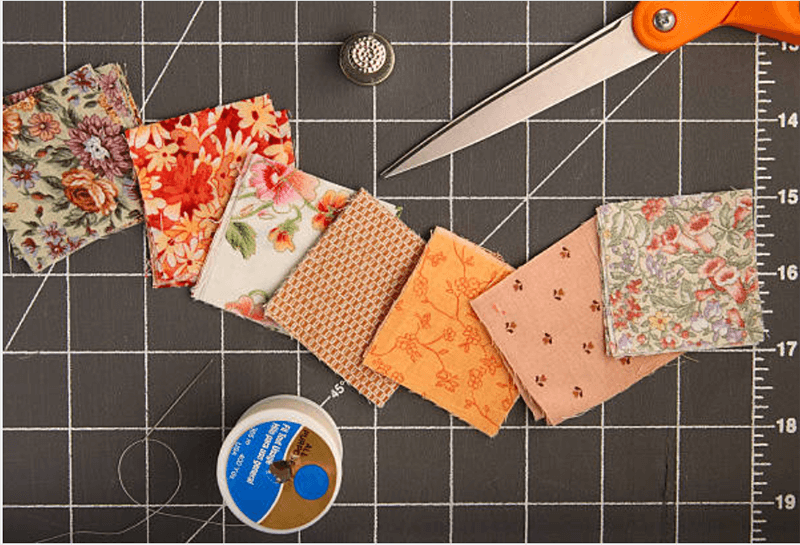
Quilt batting is available in a variety of materials, including cotton, wool, polyester, and bamboo.
10. Quilt Backing Fabric – It is the bottom layer of the quilt and is usually a solid color or print.
The backing fabric is the bottom layer of the quilt and is usually a solid color or print. It provides support for the other three layers of the quilt and helps to keep the quilt together as one pair.
11. Needles for Quilting Machines
Quilting machines use special needles that are designed for piecing together fabric layers and stitching them together. These needles have a sharp point that penetrates the fabric easily, and they also have a slightly rounded tip that helps to create a nice, even stitch. Quilting machine needles come in different sizes, so you will need to choose the right size needle for your machine and the type of fabric you are working with.
12. Self-Healing Cutting Mat
A self-healing cutting mat is a type of mat used to protect surfaces from being damaged during the process of cutting materials. It is made of a durable, flexible material that can quickly heal itself after being cut. This makes it an ideal choice for those who frequently use sharp objects such as knives or scissors.
13. Curved Quilt Basting Safety Pins
These curved quilt basting safety pins are great for holding your quilt layers together while you stitch. They are easy to use and remove, and they won’t damage your fabric.
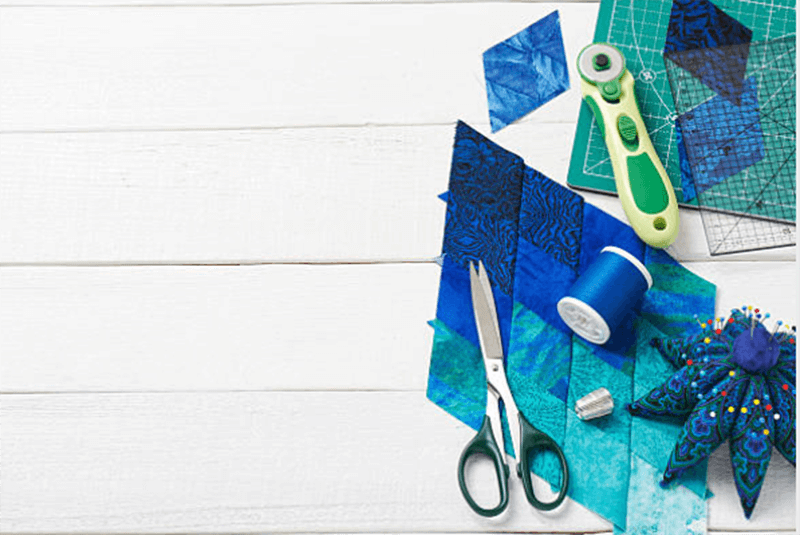
How to Make a Simple Jelly Roll Quilt
A jelly roll quilt is a type of patchwork quilt made from pre-cut strips of fabric. Jelly roll quilts are easy to make and are a great way to use up fabric scraps.
To make a jelly roll quilt, you will need:
-1 jelly roll (a bundle of pre-cut 2.5″ strips of fabric)
-1 yard of backing fabric
-1/2 yard of binding fabric
-quilt batting
-sewing machine
-scissors
-rotary cutter (optional)
First, select the fabrics you want to use for your quilt top and backing. Cut the backing fabric into two pieces, one piece that is slightly larger than the other. Set the smaller piece aside.
Next, lay out the strips of fabric in the order you want them to appear in the quilt top. Once you have decided on the layout, sew the strips together using a 1/4″ seam allowance. Be sure to press the seams open as you go.
After all the strips have been sewn together, trim the edges of the quilt top so that they are straight. Then, layer the quilt top with the batting
What is the easiest quilt pattern for a beginner?
One of the easiest quilt patterns for a beginner is the four-patch quilt. This pattern is made up of four squares, which are sewn together to form a larger square. The four-patch quilt is a great project for someone who is just starting out, as it is not too difficult to sew.
Is hand quilting better than machine quilting?
There is no definitive answer to this question as it depends on personal preferences. Some people find hand quilting to be more relaxing and enjoyable, while others find it to be faster and easier to machine quilt. Ultimately, the best way to decide which method is better for you is to try both and see which quilting process you prefer.
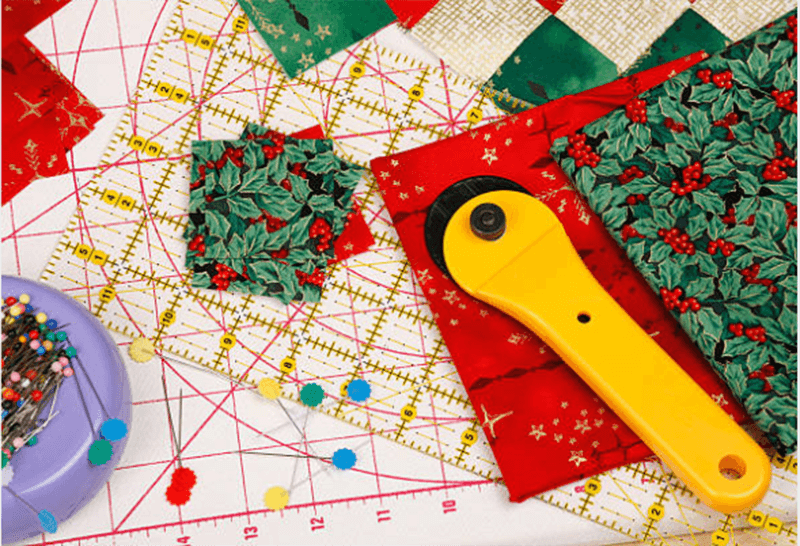
Essential Quilting supplies & tools for beginners
There are a few essential quilting supplies and tools that every beginner should have. Firstly, you will need a good-quality sewing machine that can handle thick fabrics. Secondly, you will need a rotary cutter and cutting mat to accurately cut your fabric pieces. Thirdly, you will need a set of quilting rulers in different sizes to help you measure and cut straight lines. Lastly, you will need a good supply of pins and needles to hold your fabric pieces in place while you sew them together. With these basic supplies, you will be able to create beautiful quilts that will last for years.
How Much Do Basic Quilt Supplies Cost?
The cost of basic quilt supplies can vary depending on where you purchase them and the quality of the materials. However, you can expect to spend around $100 on a good quality quilt kit that includes fabric, batting, and thread. If you already have some of the supplies, such as a sewing machine and scissors, then the cost will be lower.
How many different kinds of pins could I possibly need?
There are all sorts of pins available, from simple straight pins to more complex ones with different shapes and sizes. Depending on what you need them for, you could need just a few different types or a whole bunch. If you’re a crafter, for example, you might need several different types of pins to hold your fabric in place while you work. But if you only use pins occasionally, a couple of different types should suffice.

